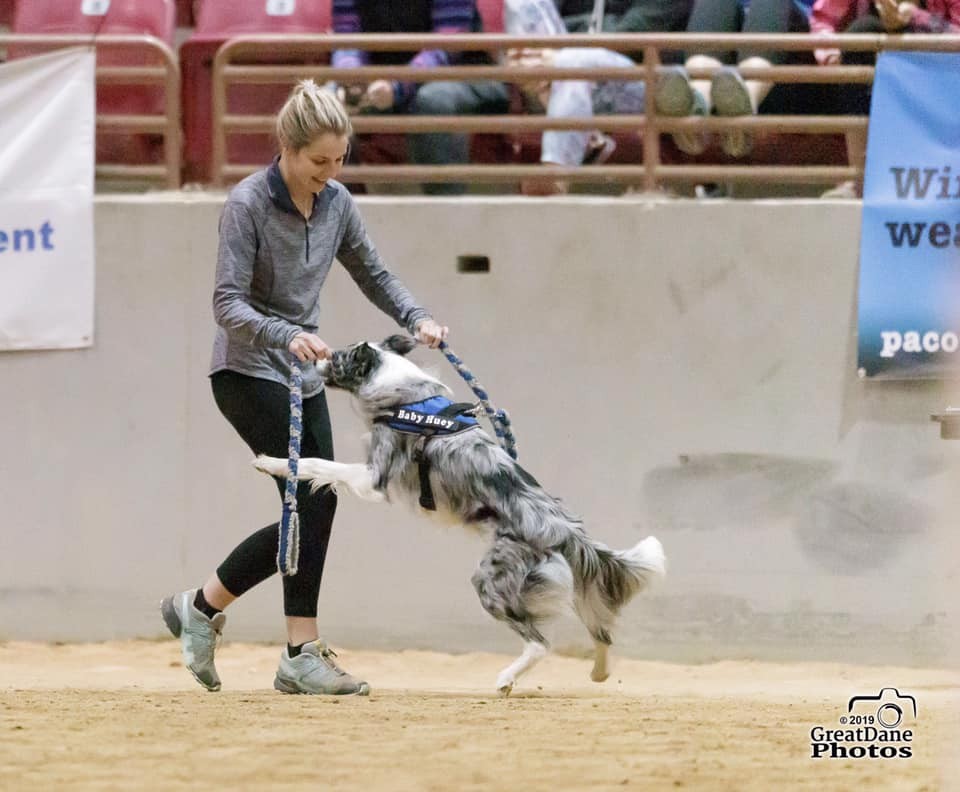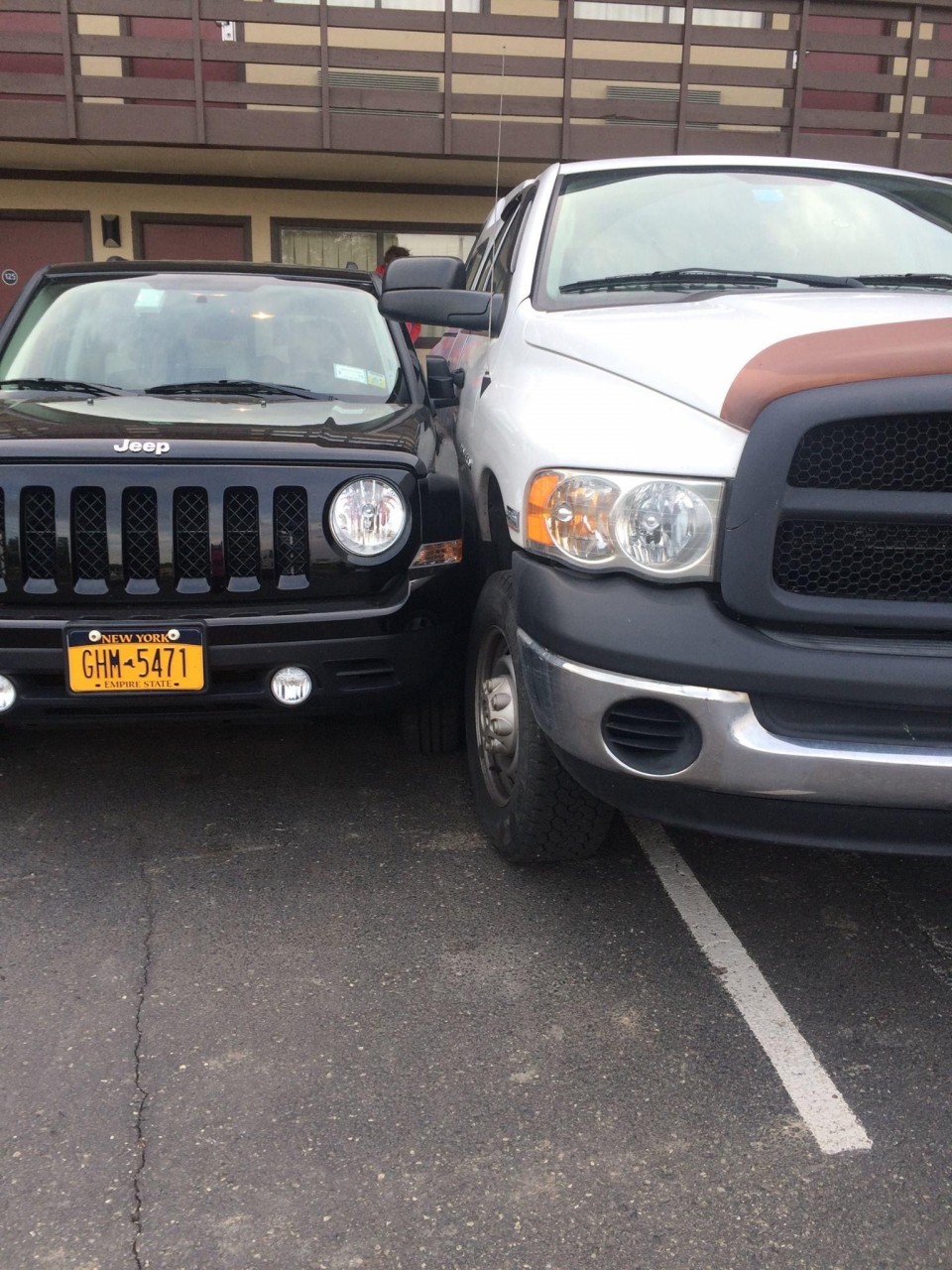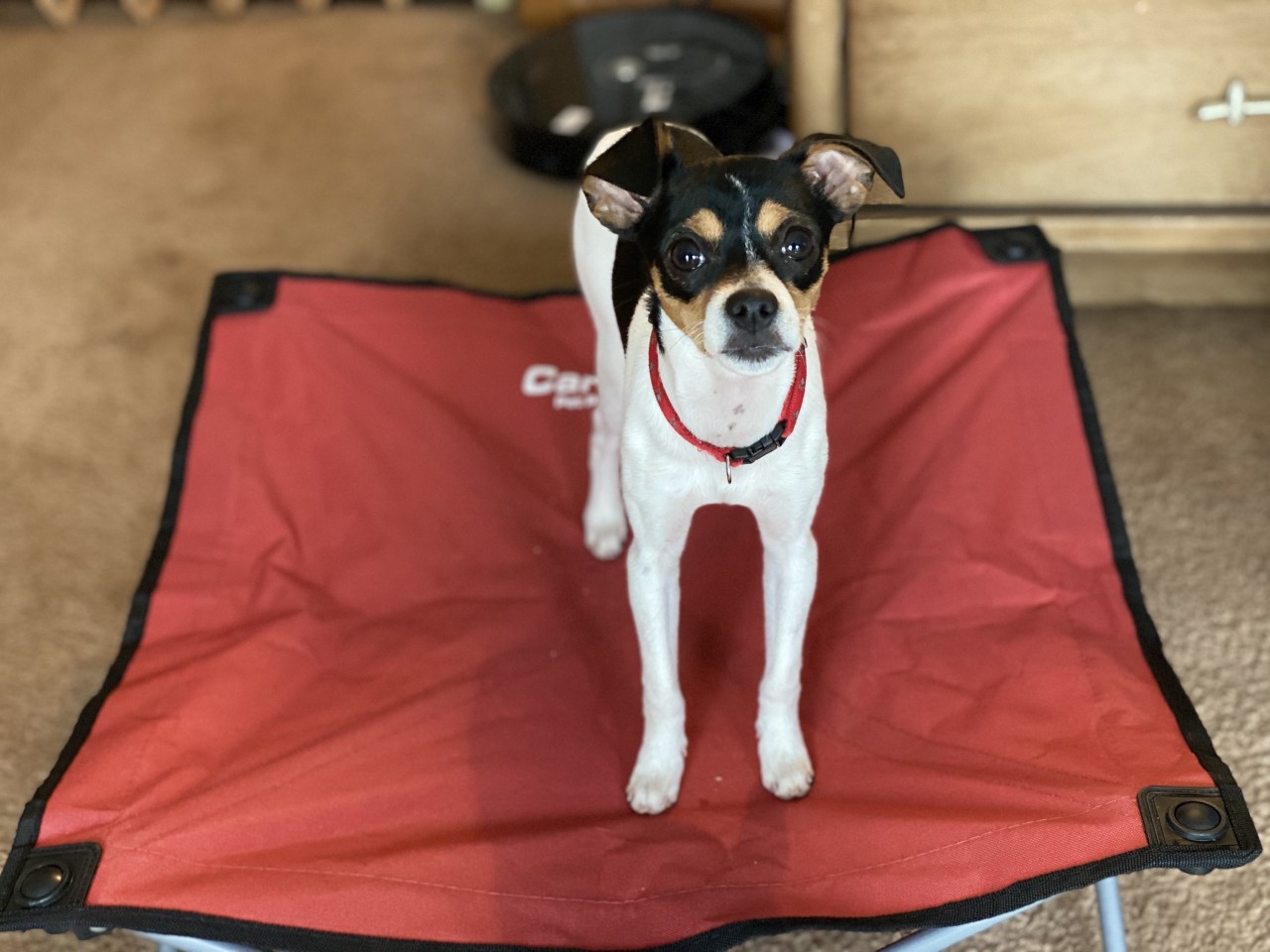The challenge of connection while sprinting on course is real. It is a very hard skill! And while there are physical requirements, and we are going to talk about them, there is also an aspect of using your peripherals and general awareness of where you are on the course. Here you'll find a roadmap to prepare your body for the asks that you make on course, and how to pull the use of peripherals and connection into your sprint practice.
I have been spending the last two years playing with and training my young Labrador Retriever, Dare. He just turned 2 in July and he is a lot of fun!
We are just getting started dipping our toes into the competition world and trial prep is at the front of my mind. The inability to get the same performance in the trial ring that we have in class or at home is a source of frustration for many a handler. That feeling of complete helplessness in a trial ring when you and your dog are disconnected, your dog is struggling, you feel eyes (real or imaginary) burning holes of judgement in your back, and you can't understand why your dog is behaving the way he is, is not a fun place to be. I have been there. If you don't believe me, here is proof. Me with my Novice A dog in the obedience ring.
Running agility courses isn't just about learning the handling moves or teaching your dog the obstacles. There is also a lot to learn about course analysis and planning your strategy. That piece can be the most challenging part for some times: what to do where?!
In my handling class, Smoother Moves, I have designed a series of technique quizzes for students to work through to help them develop their skills around planning their runs. This gives them the tools to look at a course map or walk a course and narrow down the available handling options that they have so that they can determine which will work best for their team.
In this first set of quizzes, students can choose from the techniques that they already have learned in the previous handling class, Smooth Moves. They are also prompted to predict their dog's reality lines for specific jumps. This puts the handlers into the mindset of thinking of the dog's path and which handling techniques impact their dogs' lines in the way that we need them to jump and turn.
Arielle posted her thoughts on the first set of technique quizzes. Here are her answers:
Struggling to train agility because of a lack of space or equipment? Loretta and I talk about options for training agility when your access to space or equipment is limited.
When people think of agility, they often picture Border Collies or Australian Shepherds; not Chihuahuas or Havanese. Even when I was trialing with my Shepherd mix, Stark, I would always see the vast majority of dogs at trials jumping in the top jump height category and only one or two brave little dogs in the 4" group.
Small dogs can be just as speedy, smart, and eager to learn as bigger dogs!
Recently, I asked the Fenzi Dog Sports Alumni Group about Running A-frames:
- What do you struggle with most when teaching it?
- What do you struggle with most when handling a running A-Frame on course?
- What questions do you have about running A-Frames or myths that need debunking?
The questions were fantastic and they were plenty, so read on for all of those questions and all of my answers!
Are you thinking about entering an agility trial as a new exhibitor and not sure what to expect? This post will help you:
- Find agility trials,
- Understand what needs to be addressed to prepare for competing,
- Learn the procedure for entering,
- Explain the procedure after you enter,
- Understand what a typical competition day looks like,
- Learn how COVID-19 has affected the trials.
This post focuses on AKC agility. But there are also many other organizations you can check out if they are in your area. Each organization has different classes, strategies, goals, and ways of doing things. There is something for everyone out there!
When you go to agility classes, or seminars, you will always hear people talking about TIMING. This is a word that comes up in all levels of agility. From novice through World Team competitions. The ELUSIVE TIMING.
I have found that telling a student they are LATE can help them, but I like to pinpoint exactly what is late.
Which is why I drew up with the following diagrams to describe the cues for Extension and Collection.
Let's start with EXTENSION. Extension is the dog not having to make a turn. This can be different for big versus little dogs, so I have included both in diagrams.
Below is a diagram of typical extension for a BIG DOG. Imagine you are looking at two jumps from the side (so the vertical black lines are the two jumps).
The RED LINE is the dog's stride.
- The dog takes jump 1 (first jump on the left) and then lands off 1.
- Takes one stride between 1 and 2 (the jump on the right).
- Then takes off for jump 2, which is the 3rd red line.
Story time! A small look into a huge turning point in my competitive career over the course of one weekend. I had been working with my current mentor for four months prior to attending a major competition. Read on to learn about the events surrounding that day, and how it was my mental skills that brought me across the finish line.
Dogs that compete in agility trials must learn to focus in an incredibly energetic and electric environment. Barking dogs, running dogs, clapping, cheering, shouting spectators, handlers running, and many people and dogs surrounding the rings create a unique environment. It can be one of the most challenging places for our dogs to perform.
And most of the dogs are not properly prepared when they start competing.
Agility trainers do a good job training obstacle performance and the handling needed for their dogs. But very few trainers train the skills that dogs need to effectively learn how to learn. That means that most dogs are not prepared to learn in classes or in seminars.
The skills needed to learn in an exciting sport like agility are not always understood. And when the dog is not prepared properly or the trainer does not understand the fallout that occurs without these skills, the dog will learn unwanted behaviors. Behaviors that stem from frustration, confusion, and/or stress in the dog.
Getting consistent contacts can be hard — But this week BarbaraCurrier joins me to talk about how to do it, and what's involved!
We all have that dream of perfect contacts. The dream of running as fast as you can while your dog comes down into their perfect contact position and holds that position until you release. Your dog is not distracted by anything you are doing, whether you are running lateral or running past as hard as you can. They drive to the end of the obstacle with no questions.
Well here is the good news….this doesn't have to be a dream!
It can be reality with some training and proofing and you too can have the contacts everyone dreams of!
Saving time, teaching your dog to love the sport, and building agility skills that are solid anywhere you go — these are just some of the benefits of a strong agility foundation.
But you likely have questions, like...
What goes into a strong agility foundation? Are there games you can play to help you get there? How early in your new agility partner's life can you get started?
Here's the good news: In this post, we'll share the answers to those questions.
And the best part?
They're all things you can start working on today.
Trapped inside with your pup due to heat or cold? Today we talk to Loretta about how to get in practice even when you don't have much space to work with.
So, you have a training problem….
You are training your dog for obedience or agility competition and a problem erupts. How do you go about solving it?
Let's say you have been training your dog in obedience and all the Open exercises have been progressing smoothly. But now your dog has started to miss the drop cue on the drop on recall exercise. Or you have a dog competing in agility at the Open level. He had good performances in Novice. But recently your dog has been missing weave entries, after having nice weaves in Novice and in practice. How do you go about solving these problems?


